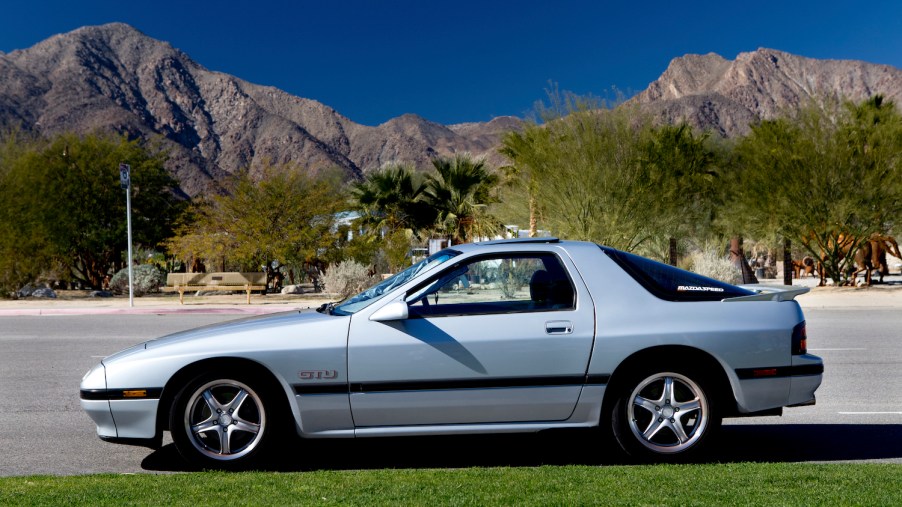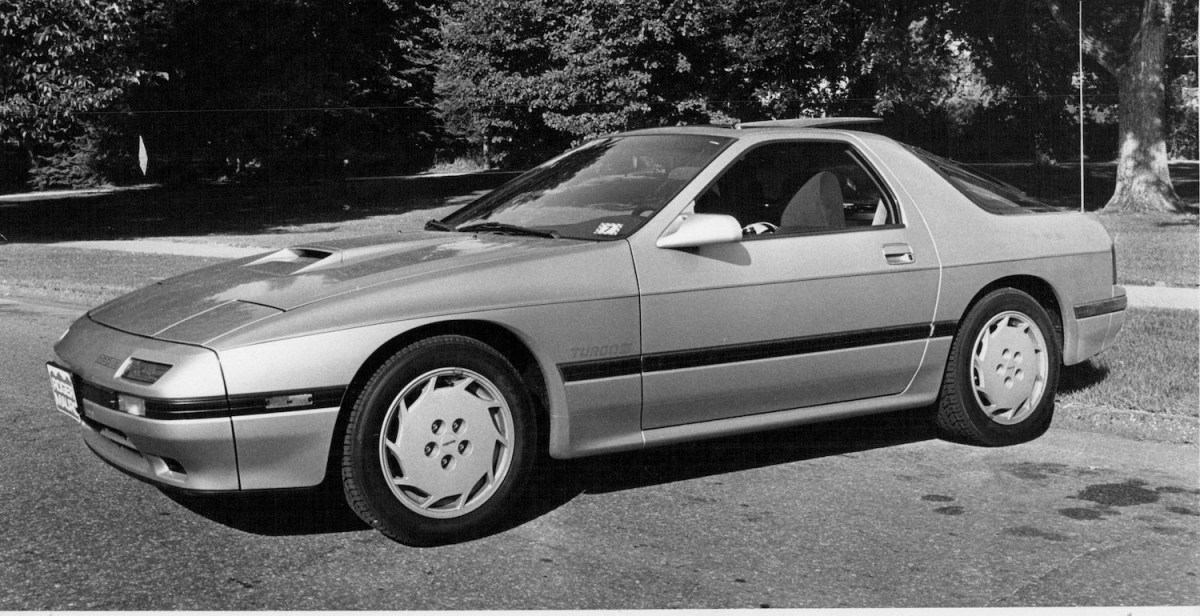
3 Sports Cars from the 1990s and the Best Mod for Each One
Cars from the 1990s exude a lot of charm, especially the quick ones with rear-wheel-drive and two doors. Almost every car company made a prime example of a fun, cheap, and nimble sports car during the 1990s. Toyota made its Supra MK 4, Nissan made its 300zx, and Chevrolet gave the Camaro its LS1 V8. The Ford Mustang, Mazda RX-7, and BMW 325e are just a few iconic sports cars of the 1990s and some inexpensive yet effective mods they respond well to.
BMW 325E to I Conversion Mod

BMW’s E30 was the ultimate car for the everyman. BMW’s 325e uses one of the company’s least popular engines, so they tend to go cheaper than a 325i. The engine is a 2.5-liter inline-six that redlines at low revs, in an effort to achieve greater fuel efficiency. Unfortunately, that cuts into the fun factor, which isn’t ideal when driving a rear-wheel-drive manual transmission executive sports car.
The solution many enthusiasts go for is a cylinder head swap mod. They take the cylinder head from a 325i and mount it onto the 325e block. This modification combines the high-end power of a 325i and the torque of a 325e. Ideally, the modification would use as many factory parts as possible. Strictlyeta.net outlines the mod from costs to installation.
SN95 Ford Mustang GT Rear End Gears Mod

The fourth-generation Mustang GT has several popular mods available to it. Ford Explorers with the same engine had better flowing cylinder heads which could be easily swapped onto the Mustang’s 5.0 for a low price. The best bang for the buck, however, is a final drive gear swap.
Depending on which axle it has, an SN95 Mustang either runs 2.73, 3.08, or 3.27. An axle with a 2.73:1 ratio means the driveshaft spins 2.73 times for the tire to complete a single rotation. A numerically bigger gear means the engine has an easier time accelerating the car at a faster rate.
For a manual transmission, a 3.73 swap is common. While this will make the car leap forward, top speed suffers as the engine runs out of revs much quicker. A kit for this mod only costs $268 from Ford Racing. It’s the best bang for the buck, for a “seat of your pants” difference in performance.
Mazda RX-7 Engine Bay Clean Up

RX-7 FCs came with a 1.3-liter Wankel rotary engine, which was no doubt how it gained popularity. It’s tiny and light enough to pick up with two hands. The car is already well balanced and nimble, but that doesn’t mean there isn’t room for improvement. The RX-7 FC’s engine bay is a little crowded. Removing some accessories from the burdened rotary engine could free up some horsepower.
Turbo II cars came with electric fans, so installing one of those would free up the belt-driven fan. Removing A/C would make the car lighter, because the compressor, lines, and tank sometimes weigh up to 50 pounds, and it would also empty a large portion of the engine bay. Finally, the RX-7’s steering wouldn’t be too affected by removing the power steering. The car is so light already it wouldn’t add too much drama. Parking would be difficult, but once in motion, the car would be just as easy to maneuver.
These are just three of the coolest sports cars to come out of the 1990s, and a few cheap mods to make them even better. Removing parts that make little or no difference like a spare tire, or replacing body panels with lighter ones also help performance. The convertible RX-7 FCs, for instance, came with aluminum hoods and wheels. Both can be easily swapped onto a non-convertible RX-7 to save weight. Regardless, the wealth of information about modding 1990s sports cars is insurmountable and readily available.


